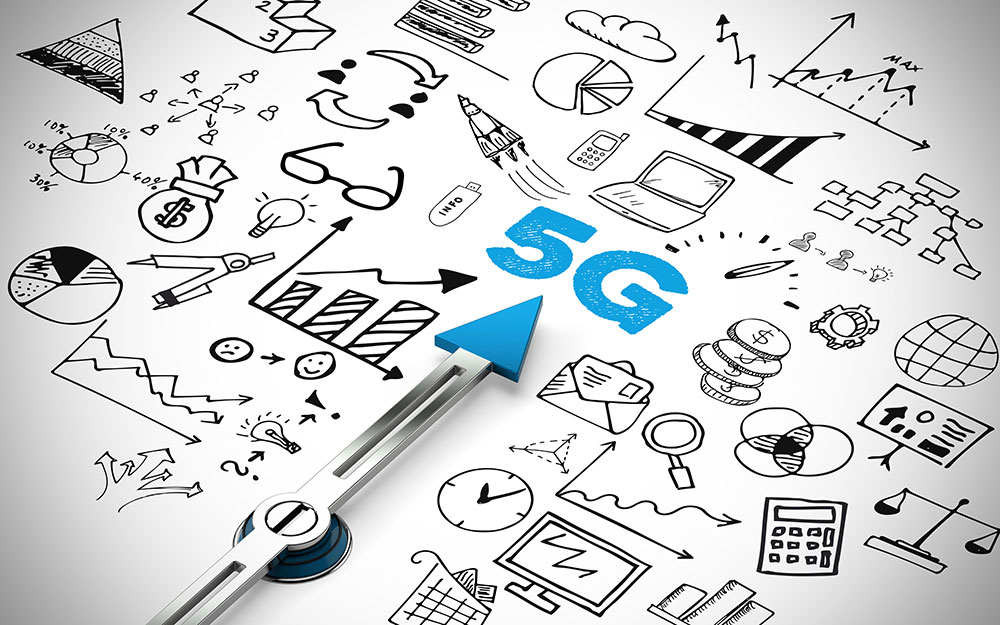Ericsson finalises 5G-readiness for operators by enhancing its 5G Platform with new solutions for the radio and core network.
The company has launched 5G Radio Access Network (RAN) commercial software, based on the recently approved first 3GPP 5G New Radio (NR) standard. It also introduces a new category of radio products called Street Macro – a new site type that addresses the need of operators to grow in cities with limited available radio locations.
To capture growth opportunities presented by new 5G use cases, Ericsson expands its 5G Core System offering with new capabilities to support 5G NR and also enhances its distributed cloud solution.
Ericsson introduced its 5G Platform in February 2017 with additions made in September the same year. It comprises the 5G core, radio and transport portfolios together with OSS/BSS, network services and security.
Fredrik Jejdling, Executive Vice President and Head of Business Area Networks at Ericsson, said: “Operators who want to be early with 5G now have the essential pieces for launching 5G networks already this year. With our expanded platform, they will get more efficient networks as well as opportunities to create new revenues from emerging consumer and industrial use cases.”
Giovanni Ferigo, CTO, TIM, said: “Ericsson is an important enabler of our 5G in-field innovation activities that span several cities in Italy. Together, last December – marking an Italian record – we activated a 5G NR cell in the mmW frequencies in the city of Torino, reaching speeds above 20Gbps. We are looking forward to testing Ericsson’s new solutions that will contribute to address the wide variety of use cases we are working on.”
5G software – enabling first-movers to launch 5G
Available in the fourth quarter of 2018, Ericsson’s 5G radio network software provides multi-band support for global deployment. It will allow operators to use new frequency spectrum as it becomes available.
The 5G radio network software has complemented Ericsson’s already launched baseband and 5G radios. Operators can simply activate their 5G networks and take the first steps with commercial 5G capabilities and new applications leveraging advanced mobile broadband services.
This will cater efficiently for growing data traffic and enable access to multimedia content, such as 4K/8K video streaming and virtual reality/augmented reality. According to Ericsson’s new economic study of enhanced mobile broadband, evolution to 5G will enable 10 times lower cost per gigabyte than current 4G.
The radio offering is complemented with 5G Core commercial software optimised for 5G throughput, network capacity and scalability. Ericsson’s Packet Core and Unified Data Management solutions will deliver enhancements throughout 2018 to efficiently support 5G services. These solutions can be further upgraded with new functionalities as the 3GPP 5G standard evolves.
Ericsson Distributed Cloud – accelerating 5G and IoT growth
Ericsson also evolves its Distributed Cloud offering for cloud application deployment across multiple sites – central, distributed, and edge. Managed, orchestrated, and perceived as one solution, it improves latency, security, and resilience, and fulfils regulatory requirements for 5G-enabled use cases. Ericsson Distributed Cloud combines the best of telecom and cloud to enable networks as open cloud platforms for all workloads, including telecom, consumer, and enterprise applications.
As part of the Ericsson Distributed Cloud, Ericsson will support deployments of hardware options in a multi-vendor framework. With fast deployable telecom-grade open software for remote upgrade and operation, Ericsson brings Software Defined Infrastructure (SDI) to the edge. To support efficient deployment of cloud native applications, Ericsson also expands the offering with support for containers in a distributed cloud infrastructure.
Radio portfolio expanded – supporting smooth evolution from 4G to 5G
Ericsson adds a new category of radio products for cities, which it calls Street Macro – a new layer between macro and micro. These radios will be on building facades with a smaller footprint but the necessary strength to secure network efficiency and coverage.
Furthermore, the company unveils new radio products supporting Massive MIMO technology. These products enable a smooth evolution from 4G to 5G and address the need for increased capacity, while simplifying use for wider adoption.
All installed base radios from the Ericsson Radio System delivered since 2015 will be 5G NR-capable by a remote software installation.
Ed Gubbins, Senior Analyst, Global Telecom Technology & Software, at GlobalData, said: “The combination of Ericsson’s new products and 5G support for radios already deployed in the field will give operators access to a very broad and flexible 5G portfolio. They will be able to move quickly into enhanced mobile broadband and address the new opportunities with industrial applications.”
Roberto Kompany, Senior Analyst at Analysys Mason, said: “Reduced latency, improved throughput, better security, reliability and regulatory compliance are all critical capabilities that operators must deliver for 5G use cases such as augmented reality, assisted factory and autonomous driving vehicles. A distributed cloud capability that enables cloud computing, storage and networking to be placed flexibly in central, regional and edge locations and which can be managed seamlessly, end-to-end, is an important component of a 5G platform.”


